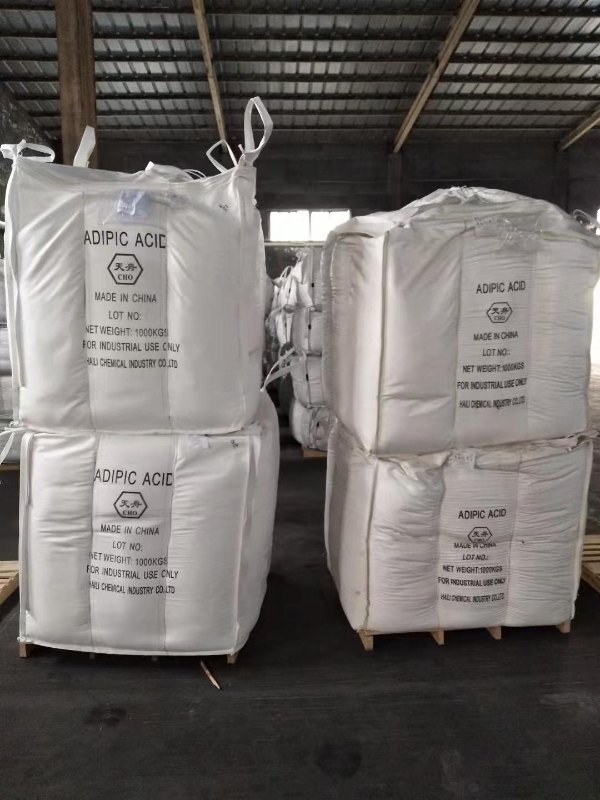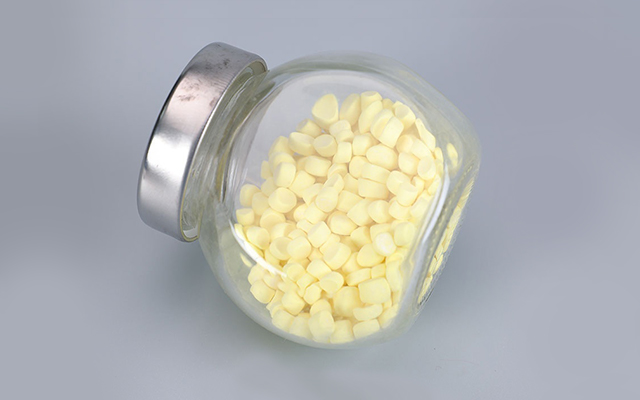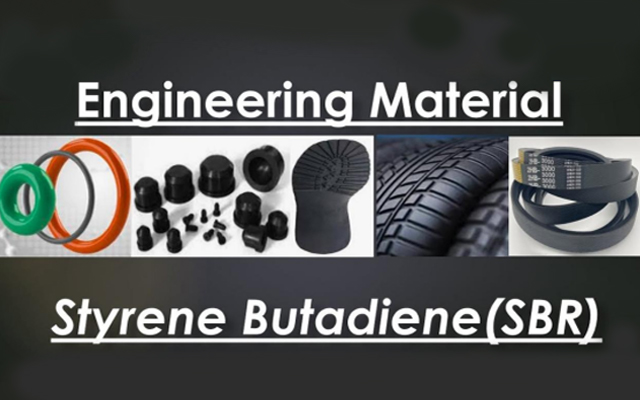ADIPIC ACID
Adipic acid is a crucial dicarboxylic acid, renowned for its widespread applications in the chemical industry. With the molecular formula C6H10O4, it derives its significance from its role in the production of nylon, polyurethane resins, and various other polymers. Known for its white crystalline appearance and water solubility, adipic acid exhibits versatility beyond textiles. It finds application in the production of high-performance polyurethane resins, offering enhanced durability and flexibility in coatings, adhesives, and sealants.
The corrosion-resistant properties of adipic acid make it valuable in the manufacturing of durable coatings for automotive and industrial applications.

Functions and Characteristics
- Chemical Structure:Adipic acid, with the molecular formula C6H10O4, consists of two carboxylic acid groups, contributing to its dicarboxylic acid classification.
- Physical State:Typically found in the form of white crystalline powder or flakes, highlighting its solid state at room temperature.
- Water Solubility:Exhibits solubility in water, facilitating its incorporation into various aqueous solutions and chemical processes.
- Versatility in Polymer Production:Primary use in the synthesis of nylon 6,6, a key polymer in the textile industry, showcasing its versatility as a building block for high-performance materials.
- Polyurethane Resin Synthesis:Integral in the production of polyurethane resins, contributing to the formulation of coatings, adhesives, and sealants with enhanced durability and flexibility.
- Corrosion Resistance:Offers corrosion-resistant properties, making it valuable in the formulation of coatings for applications in automotive and industrial settings.
- Food-Grade Application:Safe for consumption in regulated quantities, adipic acid finds use in the food industry as an acidulant in specific food products.
- Intermediate in Chemical Synthesis:Serves as an important intermediate in the synthesis of various specialty chemicals and pharmaceuticals, contributing to the chemical industry’s diverse applications.
| ltem | Unit | Test Method | Specification |
| Appearance | Odourless, white, crystalline solid | ||
| Assay | % | SH/T1499.2 | ≥99.8 |
| Melting Point | ℃ | GB/T617 | ≥152 |
| Moisture | % | GB/T6283 | ≤0.2 |
| Color | APHA | SH/T1499.3 | ≤5 |
| FE | mg/kg | SH/T1499.5 | ≤0.4 |
| HNO3 Content | mg/kg | SH/T1499.7 | ≤3.0 |
| Ashes Content | mg/kg | SH/T1499.4 | ≤4.0 |
Major Applications
Nylon Production:
Adipic acid is a key component in the production of nylon 6,6, a widely used synthetic polymer. This nylon variant is integral in the textile industry for manufacturing fibers, fabrics, and durable materials.

Polyurethane Resins:
As a crucial building block, adipic acid is employed in the synthesis of polyurethane resins. These resins contribute to the formulation of coatings, adhesives, and sealants with enhanced durability and flexibility, finding applications in diverse industries, including automotive and construction.

-
Product Packing
Big Bag
Net Weight: 500kg
Dimensions Bag: 105×105×65cm
Net Weight: 1000kg
Dimensions Bag: 103×103×115cm -
Product Storage
When stored in sealed containers to prevent contact with moisture, the product will remain stable for at least two years. The product tends to clump in the presence of moisture.
In Needs of Rubber Vulcanization Accelerators Solution?


